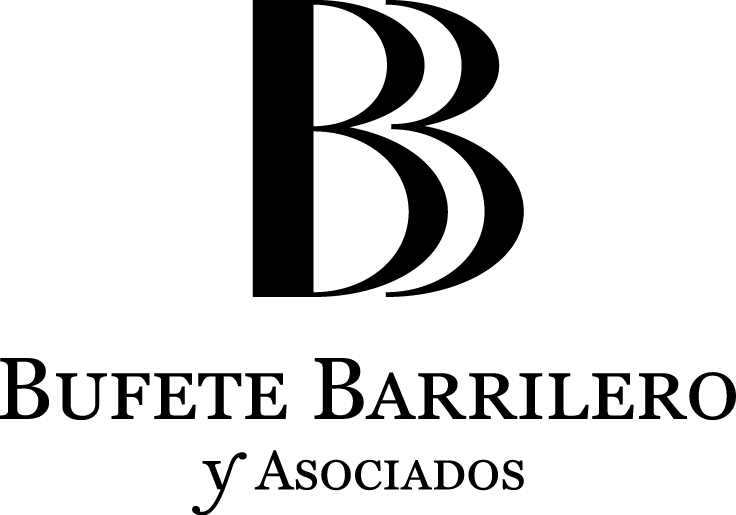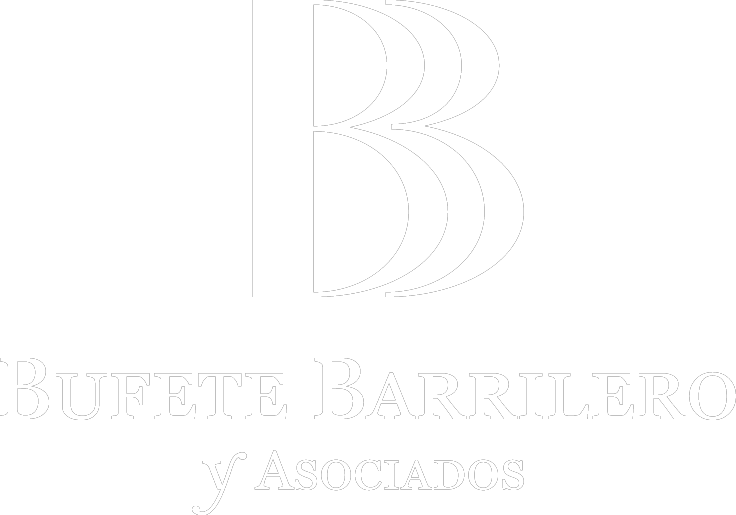CRIMINAL
Martín Bilbao Lorente
When one gains direct knowledge of a matter of public relevance, the treatment it receives in the press often comes as a surprise. Journalistic publications tend to employ certain liberties in crafting stories to make them appealing, tapping into elements like emotions, reader ideology, and the undeniable biases and constraints of the particular outlet. Headlines, in particular, are designed for maximum clickbait efficiency. This is evident in how the press has handled the case, whose background is well-known and need not be recounted here.
On November 14, the Supreme Court issued a ruling on the appeals filed against the October 18, 2021, National Court judgment. By this stage, the focus of the trial had long since shifted away from the hidden funds or “B” accounts of the political party, even though public discourse continues to associate the case with this aspect.
Key Legal Considerations
At the time the events occurred, Spain’s Penal Code did not yet criminalize the illegal financing of political parties. Furthermore, during the investigation, it was ruled out that the initial fact of receiving undisclosed donations might establish the existence of tax crimes or bribery offenses linked to the donors of these sums. This narrowed the scope of the case to other ancillary actions.
The remaining judicial focus revolved around the use of received funds, which, due to their opaque nature, were not easily convertible. The victim in this instance was a supplier to the political party, who was forced to accept part of the payment for their services through these off-the-books funds. I call them the victim because they bore the brunt of the justice system in an exceptionally harsh manner, enduring severe precautionary measures and an unusual interpretation of tax regulations. Ultimately, the “Bárcenas Papers” centered on the tax violation of a third party—not the paying political party—which, jurisdictionally, could have been tried by a Criminal Court rather than the National Court.
Moreover, even after recalculating the taxable base for the party’s supplier to include the hidden payments, the adjustments did not yield a tax liability exceeding €120,000, the threshold for criminal prosecution. Consequently, Treasury experts reexamined the supplier’s entire accounting and tax filings in search of other irregularities. This review extended to their application of “periodization”—a tax strategy where income is declared in the fiscal year when the work is invoiced and paid, rather than when it is performed. While this method was ultimately upheld by the Tax Agency, its contentious nature should have relegated it to an administrative discussion rather than elevating it to the realm of criminal fraud.
Judicial and Tax Ramifications
The taxpayer’s reliance on periodization became the linchpin of the case’s criminal relevance. To sustain the “Bárcenas Papers” and the surrounding media apparatus, this approach had to be deemed fraudulent. However, the Tax Agency not only adjusted the supplier’s records for payments from the political party but also for transactions with other clients. Notably, this adjustment overlooked a critical fact: the investigated company, in deferring its tax liabilities, had not failed to pay its taxes but had done so largely in a different fiscal year. While this delayed payment could potentially be likened to a tax regularization (under Article 305.1 of the Penal Code), a substantial portion of the amount in question should have been considered an undue payment, which Treasury experts should not have ignored in seeking a fair assessment of the taxpayer’s real situation.
Supreme Court’s Decision
In its November 14, 2024, ruling, the Supreme Court corrected many of the excesses by annulling the prior National Court decision. Most defense arguments were upheld: the defendant was acquitted of falsifying commercial documents, the penalties were significantly reduced to much lower levels than in the first instance, and the defrauded tax amount was reduced from €870,000 to €374,096.82. This reduction reflected amounts the Treasury had already received, albeit in a different fiscal year. The court reasoned that while regularization, strictly speaking, is “only exonerative if it is complete,” amounts paid in a different fiscal year “cannot be considered defrauded quotas.”
Broader Implications
Beyond the many other legal issues raised by this case (e.g., statute of limitations, falsification of commercial documents, aiding and abetting), which merit separate analysis, the Supreme Court’s ruling has brought some clarity to a trial that, had it not involved such prominent parties, would likely have been resolved for the taxpayer in a different venue, under different circumstances, and in a much shorter time frame.
Nevertheless, the case leaves behind a decade of criminal proceedings and €5,575,486.42 in frozen assets for each defendant, all to prosecute a tax crime amounting to €374,096.82. This outcome highlights the overreach of popular accusations and their excessive demands, which warrant reflection. It also underscores how media coverage often skews public understanding of a case’s true focus.


